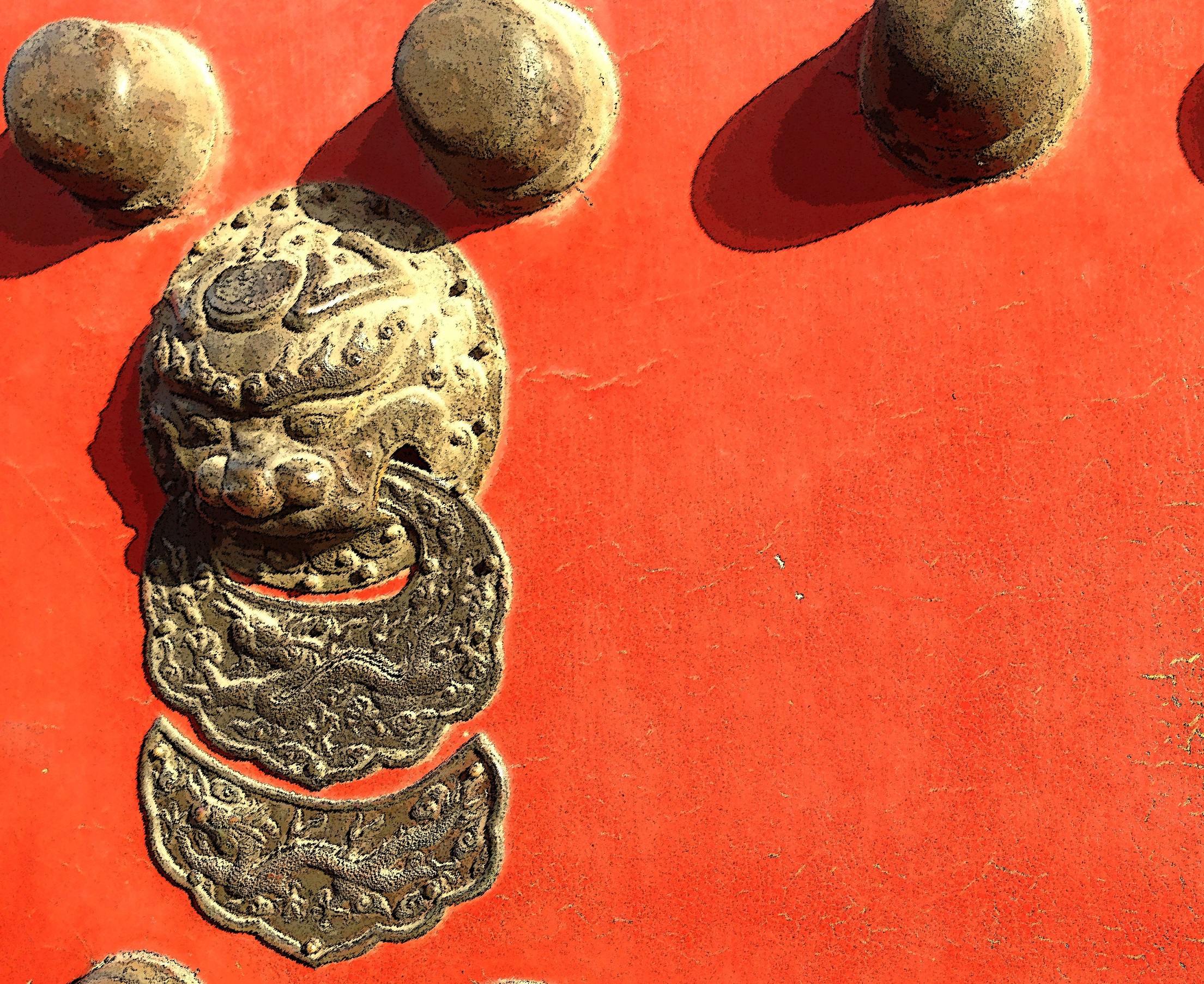
The anatomy of eroticism: Reimagining sex and sexuality in the Late Ming novel “Xiuta yeshi”
Nan Nü: Men, Women and Gender in China 11.2 (2007): 284-329.
Due to its explicit and outrageous sexual content, Xiuta yeshi is often deemed an “obscene book” that lacks literary sophistication. Precisely because of its obscenity, however, the novel provides a unique perspective from which to study the discourse of sex and sexuality in the late Ming period. By examining Xiuta yeshi on its own terms as pornography, one can explore more fully the dynamics of gender, desire, and male-female relationships in this supposedly decadent era. In its construct of eroticism, the novel hinges as much on the detailed recounting of the material world and, in particular, a new interpretation of the human body, as on sex itself. Using foul language to exploit most of the modern pornographic tropes—from rape to orgy to both male and female homosexual acts—this late sixteenth-century work not only redefines a popular genre but also reveals the exhilarating, extravagant, and even grotesque aspects of a libertine culture captivated by and capitalizing on sex.
To read the full article, please visit here.